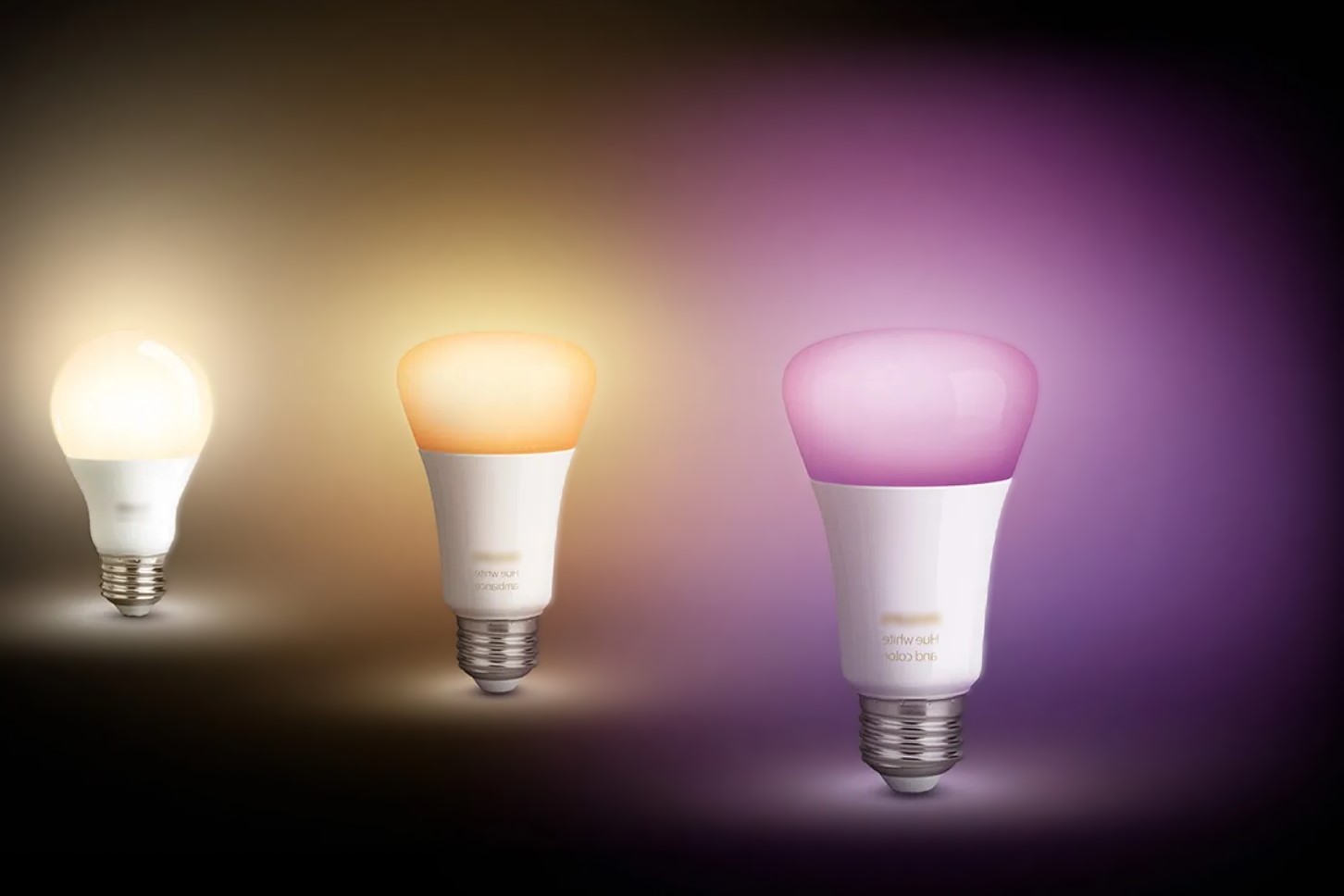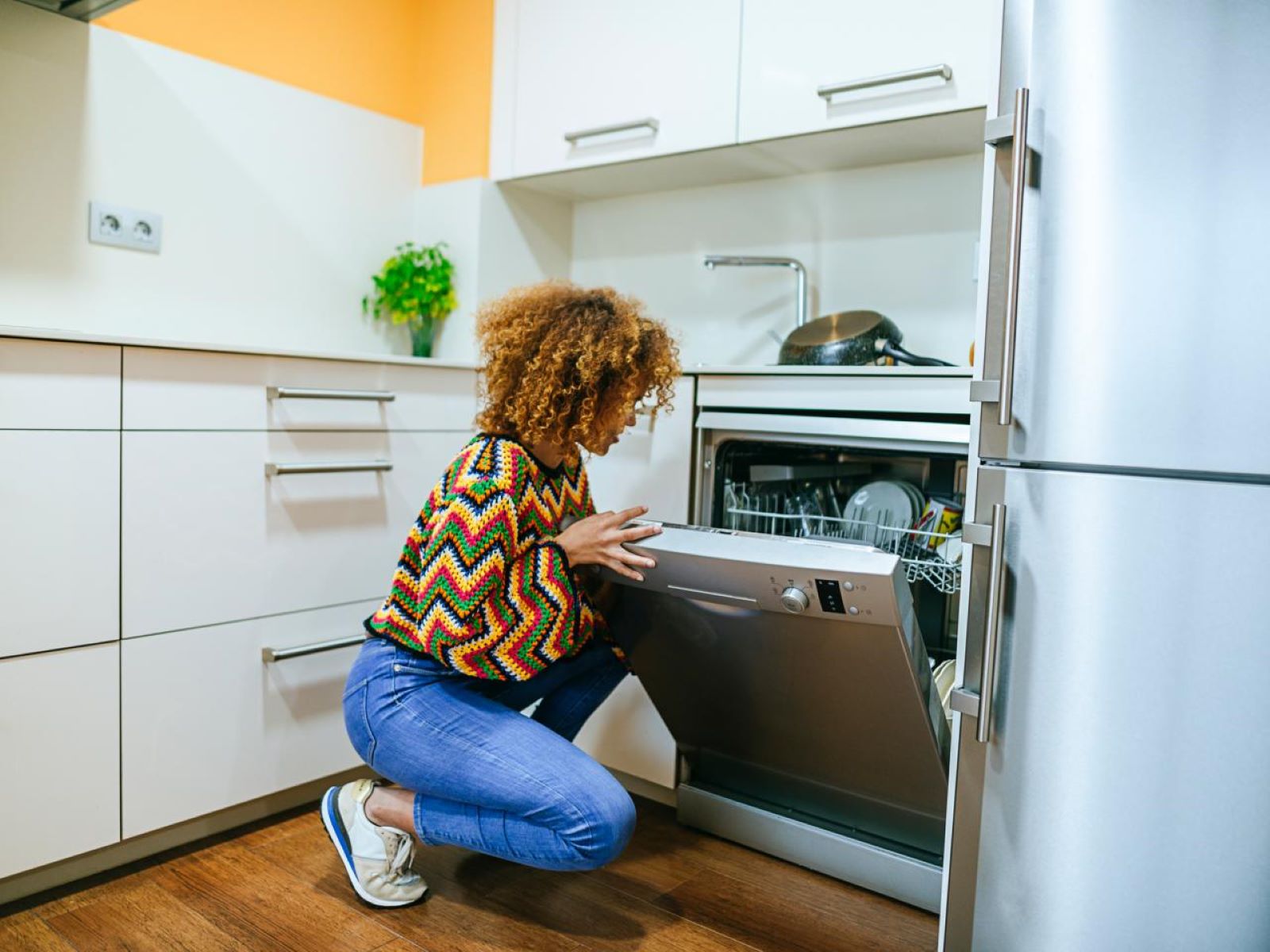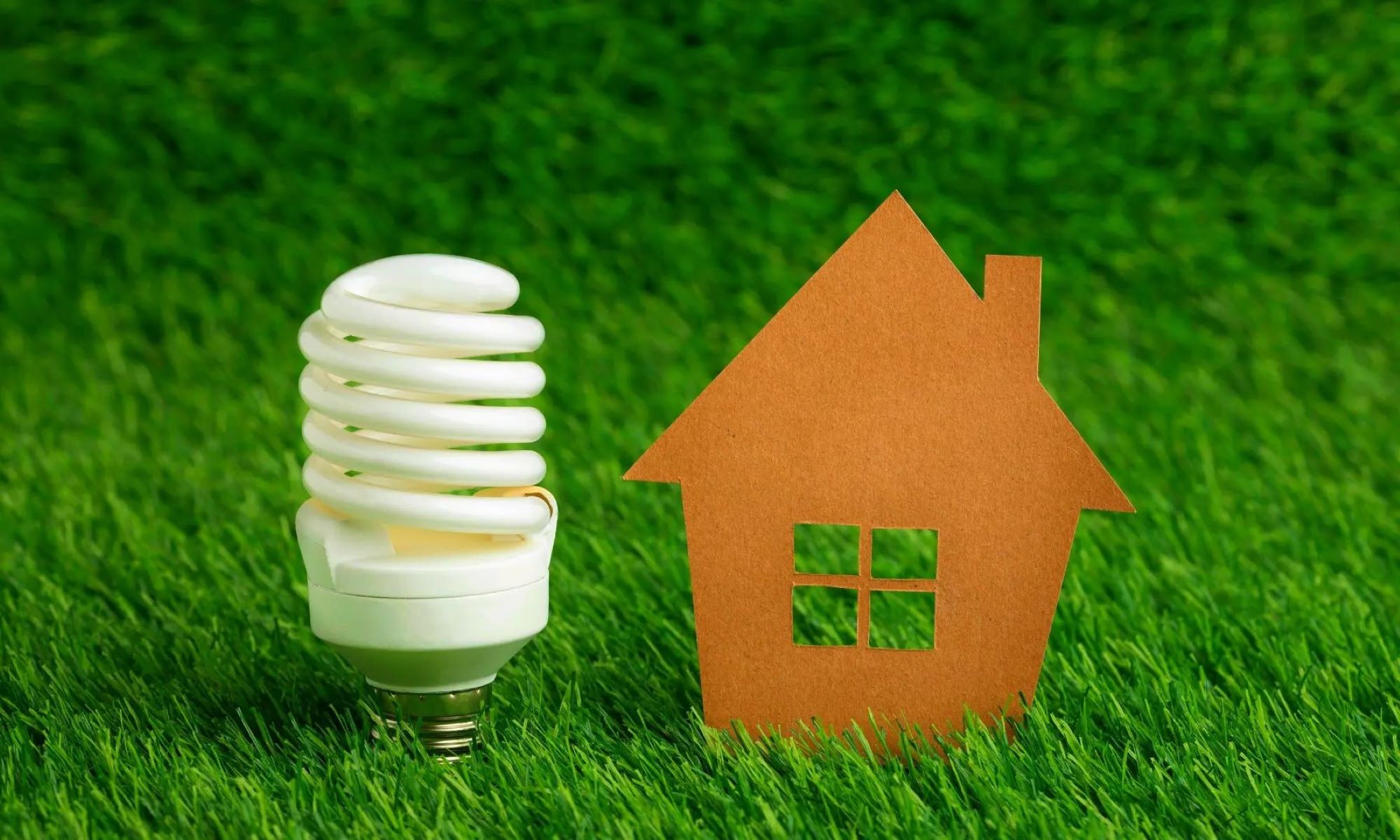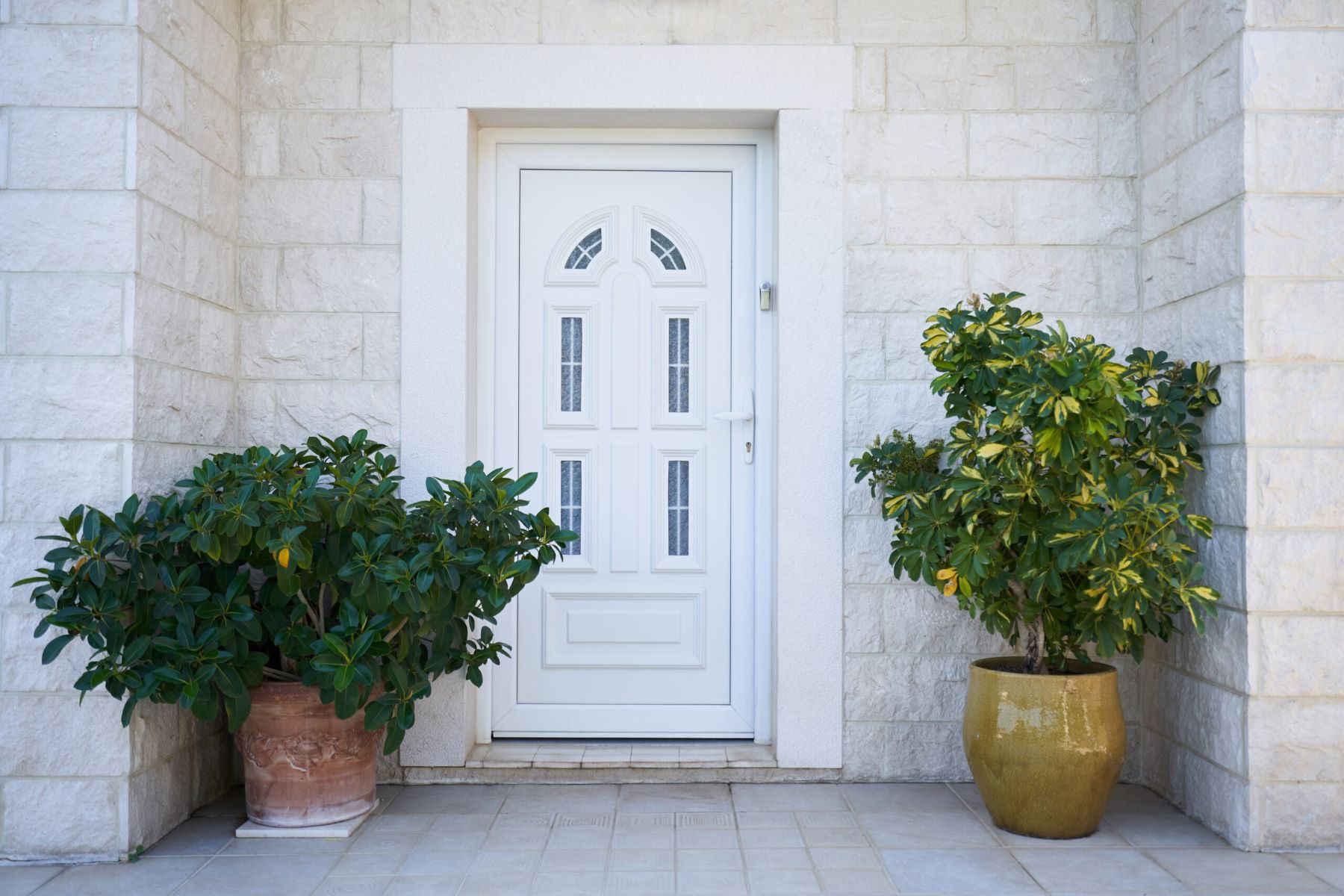Home>Ideas and Tips>Smart Thermostat Programming Energy-Efficient Climate Control


Ideas and Tips
Smart Thermostat Programming Energy-Efficient Climate Control
Modified: October 28, 2024
Discover how smart thermostat programming enhances energy-efficient climate control, reduces utility bills, and promotes sustainable living.
(Many of the links in this article redirect to a specific reviewed product. Your purchase of these products through affiliate links helps to generate commission for Storables.com, at no extra cost. Learn more)
Introduction
Smart thermostats have become a game-changer in the quest for energy-efficient climate control. These nifty devices not only help you save on utility bills but also make your home more comfortable. But how exactly do they work, and why should you consider getting one?
Smart thermostats use advanced technology to learn your temperature preferences and daily routines. They adjust your heating and cooling systems automatically, ensuring your home is always at the perfect temperature. This means you don't have to fiddle with the thermostat constantly. Plus, they can be controlled remotely via a smartphone app, so you can adjust the temperature even when you're not home.
The Need for Energy Efficiency
Buildings gobble up about 40% of the energy used in the U.S. and are responsible for a third of global carbon dioxide emissions. Reducing these numbers is crucial, and smart thermostats can help. By automating HVAC controls and learning your temperature preferences, these devices can cut down energy use and lower your utility bills.
How Smart Thermostats Work
Smart thermostats are like the brain of your HVAC system. They use sensors to gather data on indoor and outdoor temperatures, humidity, and even whether someone's home. With this info, they can optimize your heating and cooling systems.
Precise Temperature Control
Unlike old-school thermostats, smart ones offer precise temperature control. You can set and adjust temperatures accurately, getting rid of those annoying hot or cold spots in your home. This is super helpful in big houses or ones with uneven insulation.
Energy Efficiency
One of the best things about smart thermostats is their energy efficiency. They optimize heating and cooling patterns, making sure your HVAC system runs only when needed. This cuts down on energy use and saves you money. For example, a smart thermostat can learn your schedule and adjust settings to keep you comfy and efficient.
Remote Access and Control
Smart thermostats let you control them remotely. Using a mobile app, you can adjust settings from anywhere. This means your home will be comfy when you get there, and you'll save energy when you're away. This is great for people with unpredictable schedules or who travel a lot.
Learning Capabilities
Some smart thermostats can learn your schedule and preferences. They automatically adjust settings to keep you comfy and efficient. Over time, they get better at meeting your needs, making energy management a breeze. For instance, a smart thermostat might learn you like it cooler at night and adjust accordingly.
Integration with Smart Home Ecosystems
Smart thermostats can work with other smart home devices. You can create automated routines, like adjusting the thermostat when you lock the front door or turning off the lights. This makes your home more convenient and energy-efficient.
Enhanced Reporting and Insights
Many smart thermostats give you detailed reports on your heating and cooling patterns. You can monitor energy use, track savings, and make informed decisions to optimize your climate control. These reports often include data on energy consumption, helping you find ways to save even more.
Compatibility with Voice Assistants
Smart thermostats often work with voice assistants like Alexa and Google Assistant. This lets you control them with voice commands, adding another layer of convenience. This is especially helpful for people who prefer hands-free control or have trouble using mobile apps.
Environmental Benefits
Smart thermostats are good for the environment. They reduce energy use and optimize HVAC operation, lowering carbon emissions. By cutting down on the need for frequent HVAC repairs and reducing overall energy use, smart thermostats help promote sustainability.
The Role of Data-Efficient Algorithms
New smart thermostats use data-efficient algorithms to optimize energy efficiency. Researchers have designed these thermostats to learn optimal temperature settings within a week. They use methods like manifold learning and reinforcement learning (RL) to speed up the data-gathering process.
Manifold learning simplifies complex functions, making the algorithms more data-efficient. Reinforcement learning (RL) is a decision-making approach that's been successful in games like backgammon and Go. Applying RL to building climate control requires efficient simulation engines to generate lots of data for learning good strategies.
Case Studies and Research
Several studies have looked at how smart thermostats affect energy savings and user behavior. One study found that modern smart thermostats might increase programming rates through better user interfaces, leading to higher energy savings.
Another study focused on how people use residential thermostats. It found that intuitive interfaces and remote access features are crucial for easy indoor air quality management and efficient HVAC automation.
Practical Implementation
Setting up a smart thermostat involves connecting it to your HVAC system and making sure it's compatible with other smart home devices. Here are some steps to consider:
- Choose the Right Device: Pick a smart thermostat that fits your budget and meets your needs. Look for compatibility with your HVAC system, remote access features, and learning capabilities.
- Install the Thermostat: Follow the manufacturer's instructions to install the thermostat. This usually means connecting it to your HVAC system and setting it up with your Wi-Fi network.
- Set Up the App: Download the mobile app from the manufacturer. This app lets you control your thermostat remotely and monitor energy use.
- Program Your Thermostat: Use the app or the thermostat's interface to set your temperature preferences based on your daily routine. You can create custom schedules for different times of the day.
- Integrate with Smart Home Devices: If your thermostat works with other smart home devices, integrate them into your system. This could include lights, security cameras, or other appliances.
- Monitor Performance: Keep an eye on your energy use through the app or reports from the thermostat. Adjust your settings as needed to maximize energy efficiency.
Conclusion
Smart thermostats have changed the game for climate control in homes. They offer precise temperature control, energy efficiency, remote access, learning capabilities, and integration with other smart home devices. By optimizing HVAC operations based on your schedule and outdoor conditions, these devices can cut down energy use and lower your utility bills. Data-efficient algorithms make them even more efficient, making them a key part of sustainable living.
Embracing smart thermostat technology is a big step toward smarter, more efficient homes and a sustainable future. Whether you want more comfort, lower energy bills, or a greener lifestyle, smart thermostats offer a solution that changes how we manage our indoor environments.
Was this page helpful?
At Storables.com, we guarantee accurate and reliable information. Our content, validated by Expert Board Contributors, is crafted following stringent Editorial Policies. We're committed to providing you with well-researched, expert-backed insights for all your informational needs.













0 thoughts on “Smart Thermostat Programming Energy-Efficient Climate Control”